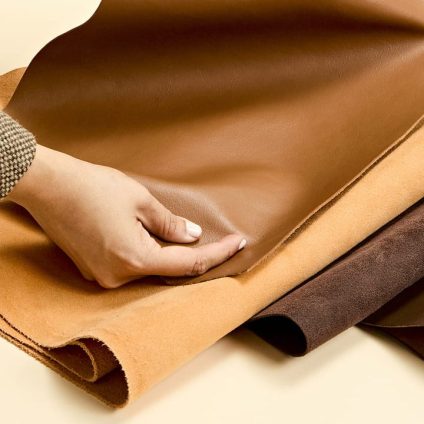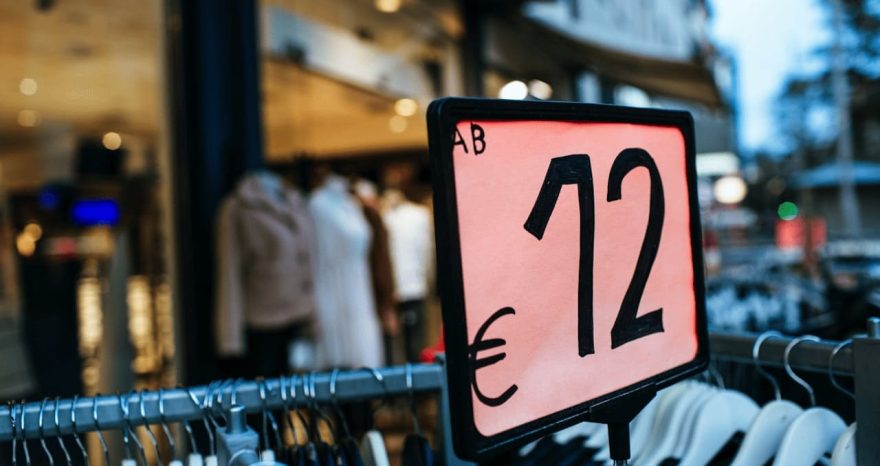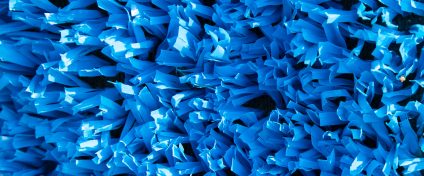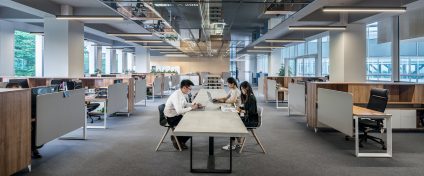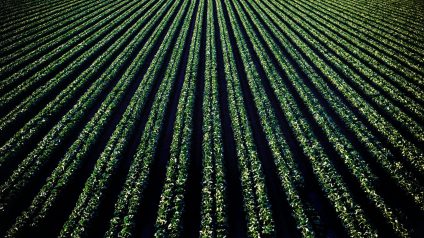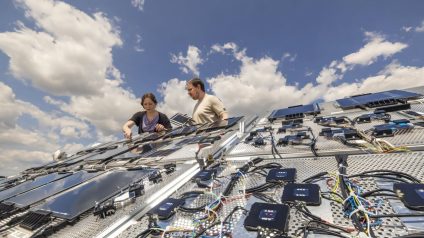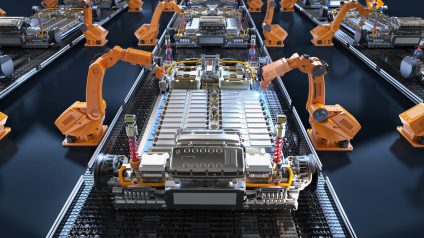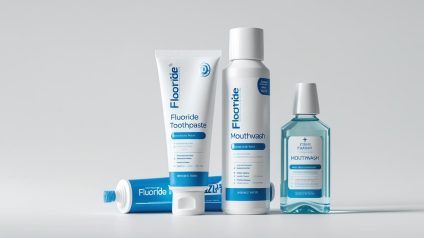Modern Meadow CEO David Williamson shares how biofabrication is shaking up the world of materials. From cutting-edge tech like BIO-ALLOY® to the global push for sustainability, we explore the bold ideas behind a new generation of eco-smart, high-performance alternatives to leather and plastics
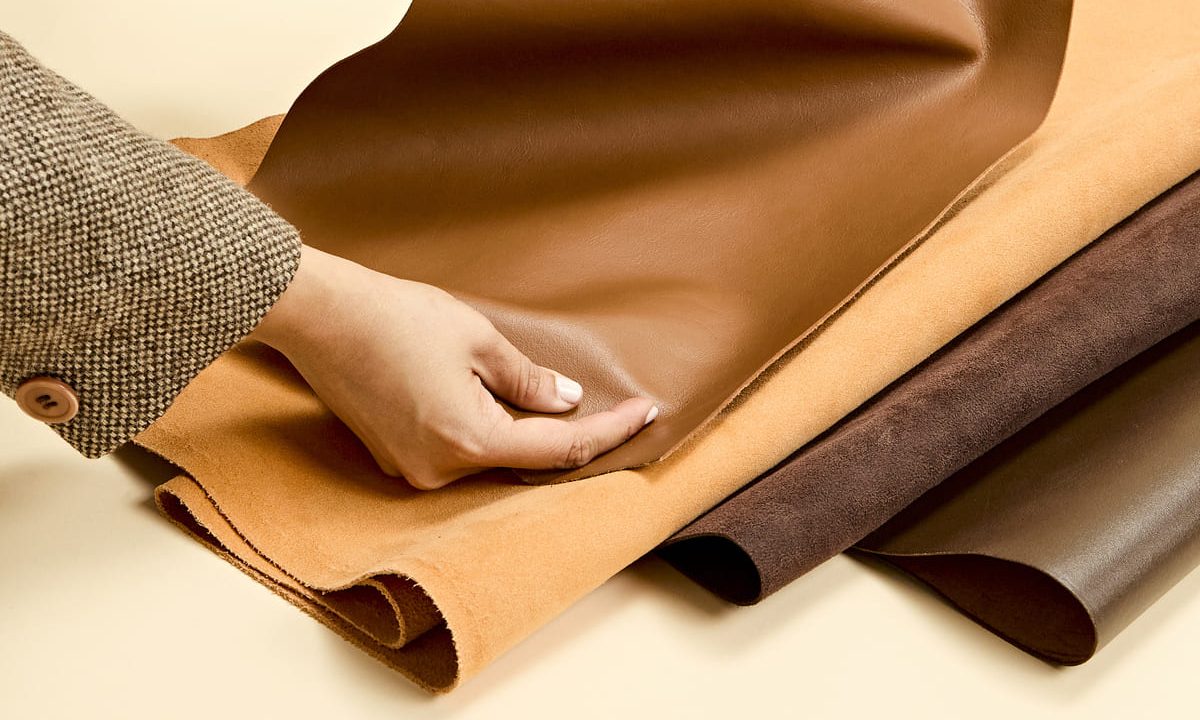
Biofabrication and the fashion industry, a game-changer for sustainable design
In a world where the environmental cost of materials is under increasing scrutiny, Modern Meadow stands out as a bold innovator. Based in the United States, the company is at the forefront of biofabrication, developing high-performance materials that combine scientific innovation with a deep commitment to sustainability.
At the helm is CEO David Williamson, who brings a clear vision of how cutting-edge biomaterial science can help reshape entire industries—from fashion to automotive—without compromising the planet. In this interview, Williamson walks us through the company’s pioneering technologies, including BIO-ALLOY® and INNOVERA™, and explains how Modern Meadow is enabling a new generation of scalable, circular, and animal-free materials ready to meet the demands of a fast-changing market—especially in Europe, where environmental regulations are rapidly evolving.

Modern Meadow defines itself as a pioneer in material innovation with a strong commitment to sustainability. Where does this vision come from, and what drives your search for high-performing and environmentally responsible solutions?
At Modern Meadow, our vision was born out of the urgent need to rethink how materials are made and used. The traditional materials industry—whether textiles, leather, or synthetics—has long been associated with significant environmental costs, including water usage, chemical waste, and carbon emissions. Our goal is to break this cycle by creating next-generation materials that outperform traditional options while significantly reducing their environmental impact.
Sustainability is not an afterthought for us—it is fundamental to our innovation process. Every new material or technology we develop must provide a measurable improvement in resource efficiency, durability, and overall impact on the planet. This philosophy extends to how we operate as a company: from the partners we work with to the investments we make in research and development.
Our driving force is simple: materials should not come at the expense of the environment. By pushing the boundaries of biomaterial science, we can create solutions that deliver the performance industries demand while advancing better material solutions for the planet.
You’ve developed BIO-ALLOY®, a platform that combines proteins and biopolymers. How does it work, and what makes it stand out in terms of performance and sustainability?
BIO-ALLOY® is a game-changer in material innovation because it allows us to design high-performance materials without relying on animal-based ingredients. This platform works by combining carefully selected proteins and biopolymers into a cohesive molecular structure that delivers superior mechanical properties, enhanced durability, and a soft, natural feel.
Unlike conventional coatings or binders, BIO-ALLOY® is engineered at the molecular level, ensuring material functionality allowing for customization based on the application—whether in fashion, footwear, automotive, or home goods.
From a sustainability standpoint, BIO-ALLOY® offers:
- Lower Carbon Footprint – Significantly reduces emissions compared to petroleum-based materials.
- Elimination of Harmful Chemicals – No need for toxic crosslinkers or heavy metal-based processing.
- Enhanced Circularity – Materials made with BIO-ALLOY® can be recycled or reprocessed into new products, reducing landfill waste.
This approach not only matches but often exceeds the performance of traditional materials, making it an ideal solution for industries looking to transition to sustainable yet uncompromising materials.
INNOVERATM, formerly known as BIO-VERA®, is positioned as an alternative to leather. What makes it competitive in terms of quality and environmental impact?
INNOVERATM stands out because it doesn’t ask manufacturers or consumers to compromise on performance in order to achieve sustainability. Unlike many alternative materials that sacrifice durability or aesthetics, it is engineered to match and even surpass natural materials in strength, toughness and reduced weight.
Key features that set INNOVERATM apart:
- High Performance: INNOVERATM delivers a premium feel with excellent durability, making it suitable for high-wear applications like footwear, accessories, and automotive interiors.
- Sustainability: It is produced with a significantly lower carbon footprint than traditional leather, without the waste and environmental burden of animal agriculture or chemical tanning.
- Scalability: Unlike some plant-based leathers that require new production methods, INNOVERATM integrates into existing tanning infrastructure, reducing the need for capital investment by manufacturers.
This combination of high-quality aesthetics, superior performance, and responsible production makes it a compelling alternative for brands looking to embrace sustainable materials without compromise.
How do you ensure that your solutions are scalable and easy to integrate into existing manufacturing processes?
Scalability is essential for the adoption of sustainable materials, and we designed our technologies with this in mind. One of the biggest barriers to launching or adopting new materials is the requirement for expensive, custom-built machinery.
INNOVERATM was engineered to fit into existing industrial ecosystems by using existing know how and equipment. By leveraging the same equipment, processes, and expertise used in traditional materials, we make it possible for manufacturers to adopt sustainable materials without heavy capital investment.
Feedback from our industrial partners has been overwhelmingly positive:
- Minimal Disruption: Factories can switch to our materials without retraining workers or replacing equipment.
- Flexible Production: Our solutions allow companies to introduce sustainability at their own pace, without compromising existing supply chains.
- Cost-Effective Transition: Eliminating the need for new equipment significantly lowers the financial barrier to adopting sustainability and accelerates the rate of adoption.
Of course, as with any new material, manufacturers often have questions about fine-tuning processes for optimal results. We work closely with partners to provide technical support, guidance, and training to ensure a smooth transition.
The fashion industry—especially fast fashion—is notorious for its environmental footprint. What role can bio-based materials play in shifting the industry toward a more sustainable model?
Modern Meadow’s technologies are aligned with the movement toward circular fashion, enabling brands to reduce waste, lower emissions, and create products designed for longevity. In Europe, where sustainability regulations are becoming stricter, our materials offer a compliance-ready solution that allows companies to meet both legal and consumer-driven sustainability goals.
The shift away from traditional materials, particularly animal leather, presents challenges—including cost considerations, performance expectations, and industry-wide infrastructure. However, the rapid adoption of sustainable materials by high-end and mass-market fashion will set a precedence that proves that brands are increasingly prioritizing eco-conscious alternatives.
Modern Meadow is committed to advancing this shift by making sustainable materials not just a responsible choice but a superior one in both performance and economics. The European market, with its strong regulatory support and consumer demand for eco-friendly innovation, is primed to be a leader in this transformation.


